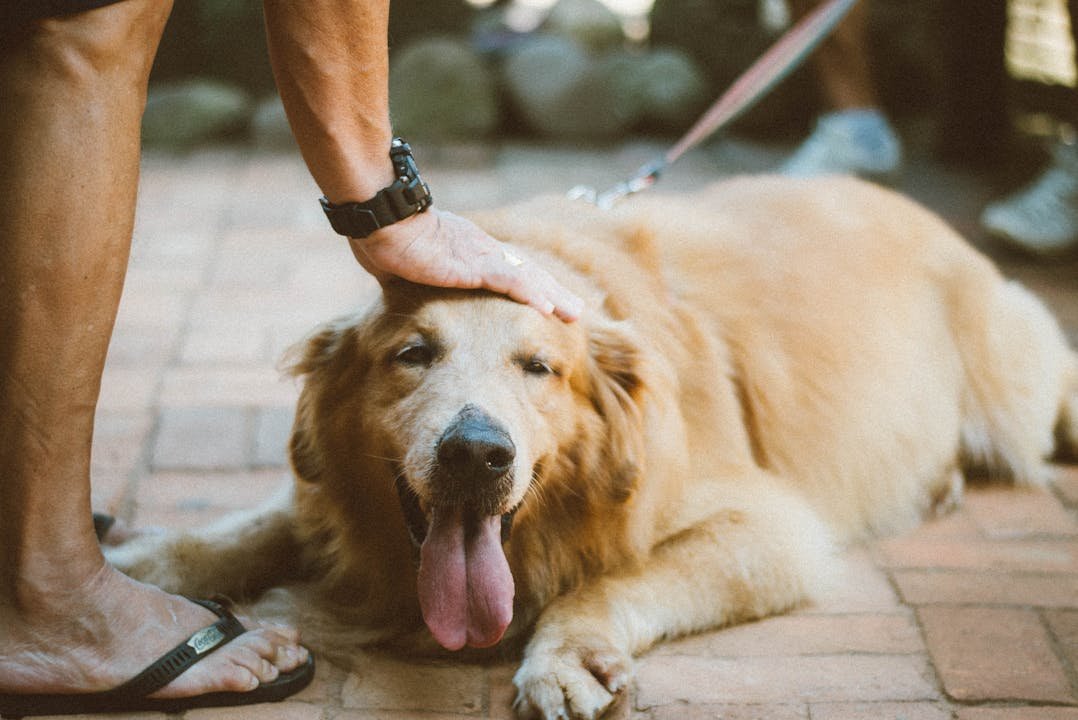The body of a pet responds differently in different seasons. The needs and requirements are not the same for any season and hence some additional care and attention is essential for each season to ensure the happiness and well-being of your furry friend. Each season, be it summer, winter, autumn or spring brings with it different and unique challenges that has a significant impact on the well-being of your pet. These seasons requires pet owners to adapt their care routines accordingly with efficiency.
Given below is a breakdown for each season and the tips as to how one can take care of their pet during the course of all these seasons.
Wintertime Pet Care
Cold temperatures throughout the winter can cause problems for pets, such as hypothermia and frostbite. Small breeds, elderly pets, and pets with short coats are more at risk.To protect our pets we can limit the amount of time our pets spend outside, particularly in cold weather, and make sure they have warm clothing, like coats or sweaters, to keep them safe. Make sure their bedding is warm, piled with blankets, and out of the way of cold drafts.
After walks, it is essential to clean your pet’s paws to eliminate ice, salt, or chemicals that can irritate or injure them if consumed. Rock salt can damage your pet’s paws, so don’t use it in your yard. Even in the winter, it’s important to stay hydrated; make sure you have access to fresh water because outdoor sources could freeze.
Ten Winter Pet Care Tips
- Provide Warm Clothes: To keep little or short haired pets warm, use coats or sweaters.
- Cozy Bedding: Make sure the space where your pet sleeps is warm, well-insulated, and out of the path of drafts.
- Protect Paws: After walks, wash your pet’s paws to get rid of chemicals, salt, or ice.
- Limit Outdoor Time: Avoid spending too much time outside, particularly in really cold weather.
- Increase Calories if Needed: To keep pets energised in chilly areas, give them a little extra food.
- Maintain Water Accessibility: Keep outdoor bowls from freezing.
- Steer clear of rock salt: To keep your pet’s paws safe, use de-icing solutions that are suitable for pets.
- Make use of a humidifier to avoid dry skin from warm indoor air.
- Watch Out for Toxic Chemicals: Make sure you safely store antifreeze and other winter chemicals.
- Routine veterinary examinations: Make sure your pet is fit enough for the winter.
Summertime Pet Care
Dehydration, heatstroke, and burns on delicate paw pads can result from summer heat. To encounter this shaded spots and cold, fresh water should always be available to pets. Since pets can quickly become overheated, limit your pets’ time outside during the hottest hours (10 AM–4 PM). Pets should never be left in parked cars, even for a little time, as temperatures can increase dangerously quickly.
It is advisable to take your pet for a walk early in the morning or late at night to shield their paws from the hot pavement. Regular grooming will keep your pet’s
fur from retaining too much heat, but don’t fully shave their coat because it also protects them from the sun. Apply pet-safe sunscreen to parts of the body with less fur, such as the ears and nose.
Ten Summertime Pet Care Tips
- Provide Fresh Water: Stock water containers and provide ice cubes that are safe for pets.
- Steer Clear of Hot Surfaces: To avoid hot pavement, take your pet for a walk early or late.
- Avoid Leaving Pets in Cars: Even brief visits can be fatal.
- Limit Exercise: Avoid being outside during the hottest parts of the day.
- Groom Frequently: Trim extra fur but refrain from shaving altogether.
- Provide Shade: Make sure there are cool or shady interior areas available.
- Keep an eye out for symptoms of overheating, such as drooling and rapid breathing.
- Use Cooling Products: For comfort, provide moist towels or cooling mats.
- Use flea, tick, and mosquito repellents to protect yourself from pests.
- Use pet-friendly sunscreen on exposed parts of the body, such as the ears and nose.
Springtime Pet Care
Springtime brings pests, allergens, and warmer temperatures. Use preventive measures advised by your veterinarian because pets are exposed to fleas, ticks, and mosquitoes. Frequent grooming maintains the health of their coat and reduces shedding. If your pet exhibits symptoms of an allergy, such as itching, sneezing, or red eyes, you should see a veterinarian.
Watch out for poisonous plants like azaleas and lilies that blossom in the spring. Make sure there are no dangerous materials in your yard. Watch your pet’s weight and make any necessary dietary adjustments as they grow more active outside.
Ten Pet Care Tips for Spring
- Examine for Pests: After engaging in outside activities, look for fleas and ticks.
- Apply Preventive Treatments: Guard against heart worms, fleas, and ticks.
- Keep an eye out for allergy symptoms, such as sneezing or scratching.
- Regular Grooming: As pets’ winter coats fall off, control shedding.
- Exercise Caution Around Plants: Keep poisonous flowers, such as lilies, away from dogs.
- Track Outdoor Time: As the weather warms, progressively extend playtime.
- Maintain Your Vaccines Current: Before going outside, update your vaccinations.
- Modify Diet: As your pet’s level of activity rises, make sure they are consuming a balanced diet.
- Protect Your Yard: Get rid of dangerous plants and pesticides.
- Stay Hydrated: As the temperature rises, offer fresh water.
Autumnal Pet Care
Cooler weather, shedding, and new dangers like antifreeze and rodenticides are all brought on by autumn. Brush your pet frequently to avoid matting and minimize allergens at home as you get ready for
shedding season. For pets who spend time outside, provide a dry, warm place to stay.
Because the days get shorter in the fall, make sure your pet stays active and occupied indoors. Since antifreeze and rodenticides are extremely hazardous, keep them out of pets’ reach. Keep an eye on your pet’s weight because they could become less active in the winter.
Ten Autumn Pet Care Tips
- Handle Shedding: To control your pet’s fall coat, brush them frequently.
- Watch Out for Rodents: Keep rodenticides out of your pet’s reach.
- Clean Paws After a Walk: Get rid of any dirt, trash, or leftover antifreeze.
- Wear Reflective Equipment: On gloomier evenings, walk pets on reflective leashes or collars.
- Offer Warm Shelter: Make certain that pets kept outdoors have insulated shelter.
- Keep an eye on Antifreeze Use: Steer clear of leaks because antifreeze is poisonous if consumed.
- Maintain Diet: Modify serving sizes to correspond with exercise levels.
- Keep Active Indoors: Play games with your pets to keep them from getting bored.
- Get Ready for the Cold: Start introducing winter routines to your pets.
- Regular Health Checks: Arrange for veterinary examinations in advance of winter’s obstacles.
Seasonal pet care includes attending to the emotional and mental health of pets in addition to their physical health. Their behaviour, temperament, and level of activity can all be impacted by variations in the weather and daylight hours. For example, because of the shorter days in the winter, pets may become lethargic; in the spring, they may become restless owing to the increasing outdoor stimulation. In order to keep pets interested and avoid boredom, it is essential to provide them with mental stimulation throughout the year, such as toys, puzzles, or training sessions. Additionally, certain pets may experience anxiety in response to seasonal changes, such as summer thunderstorms or winter holiday pyrotechnics. For their general comfort and satisfaction, it is equally crucial to provide a peaceful and secure environment during such occasions.


